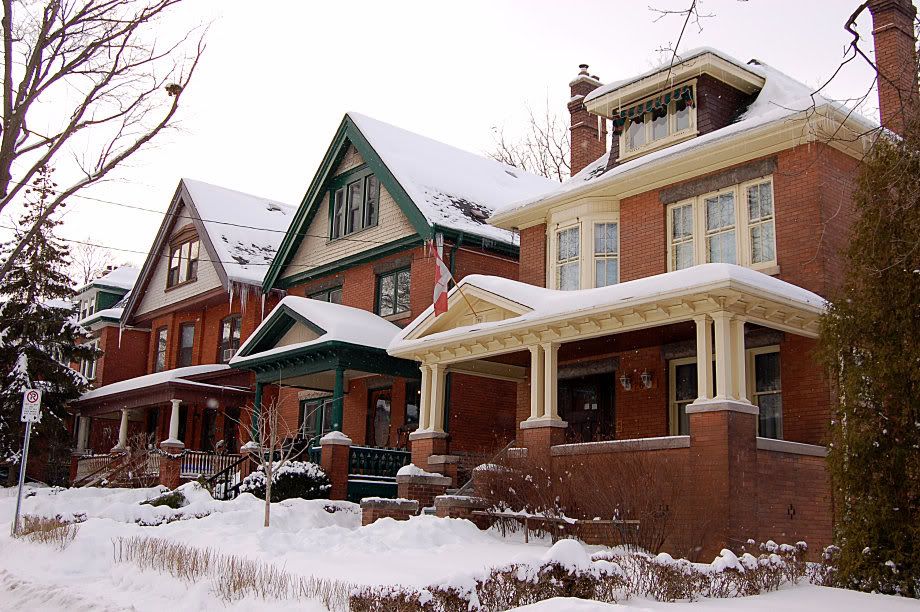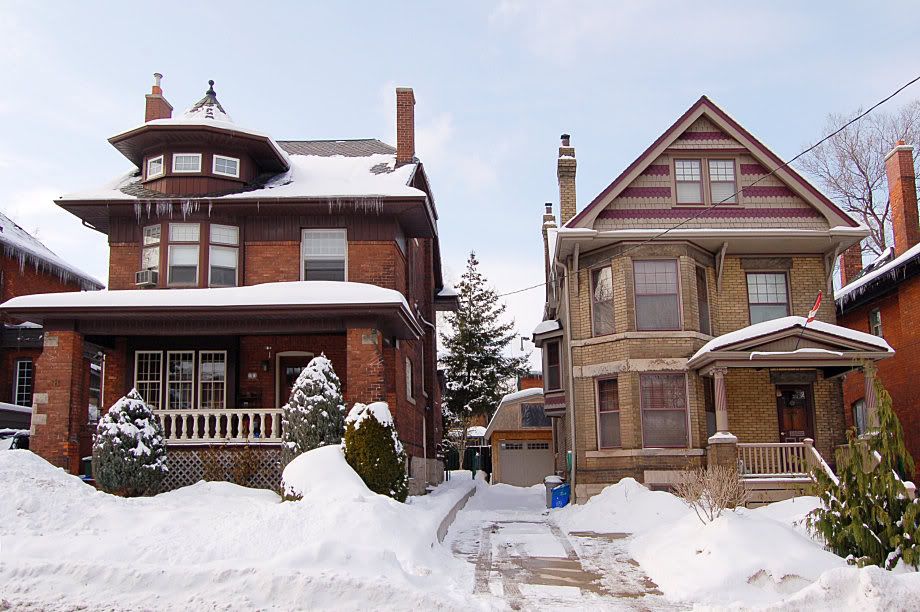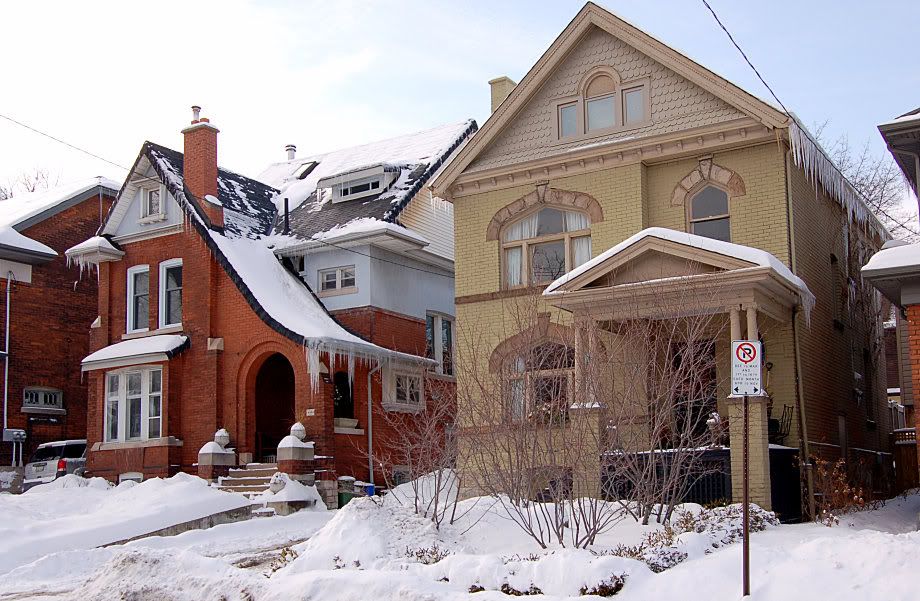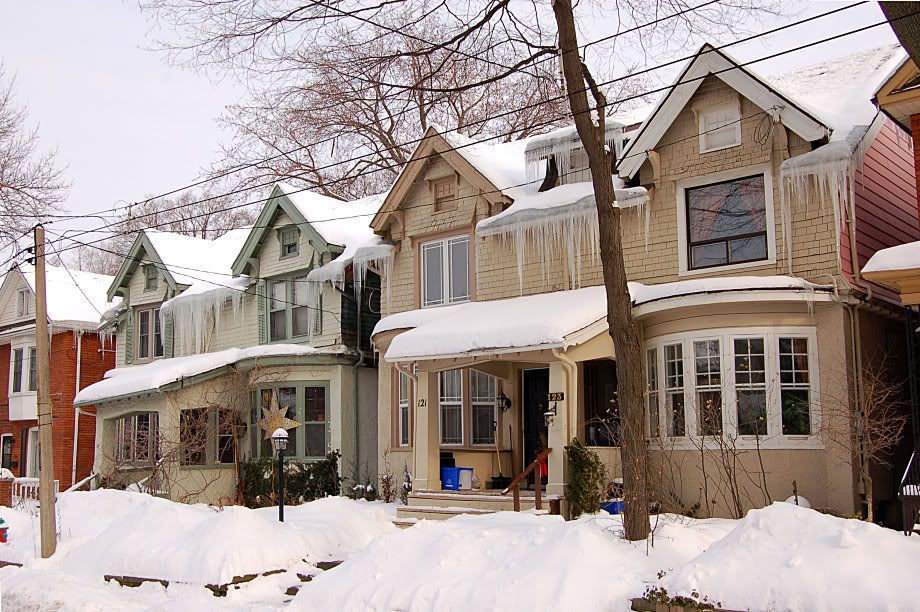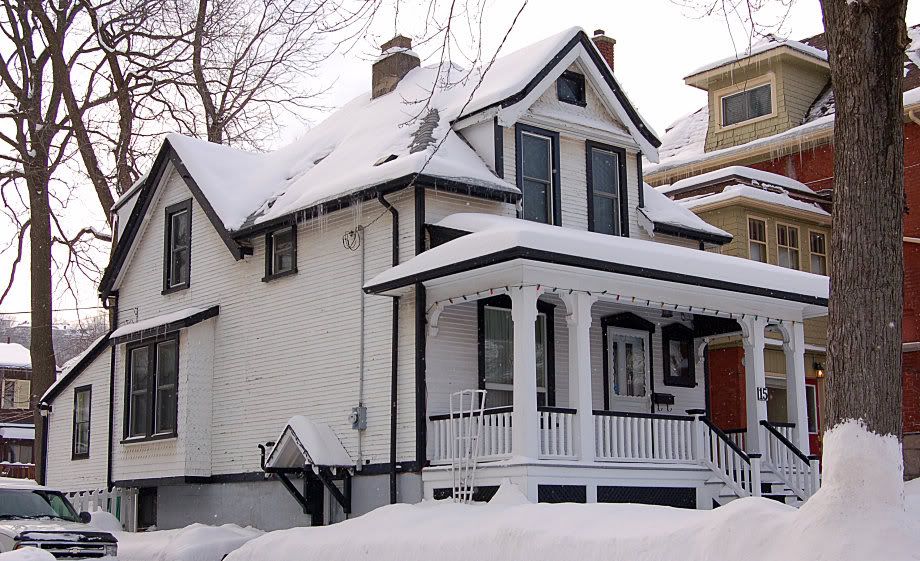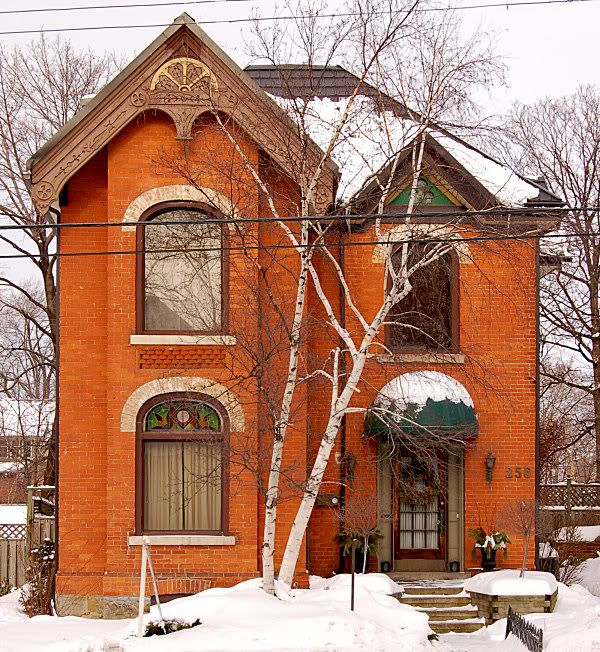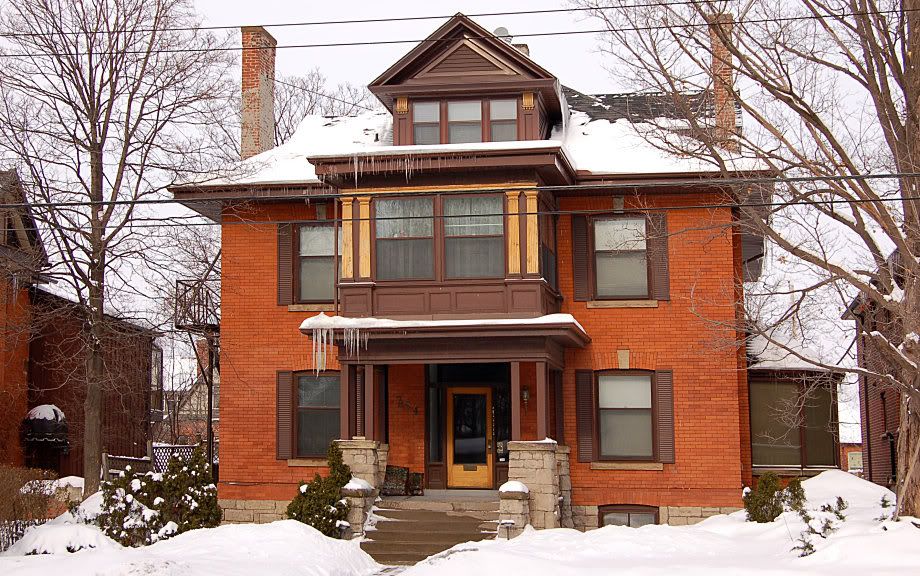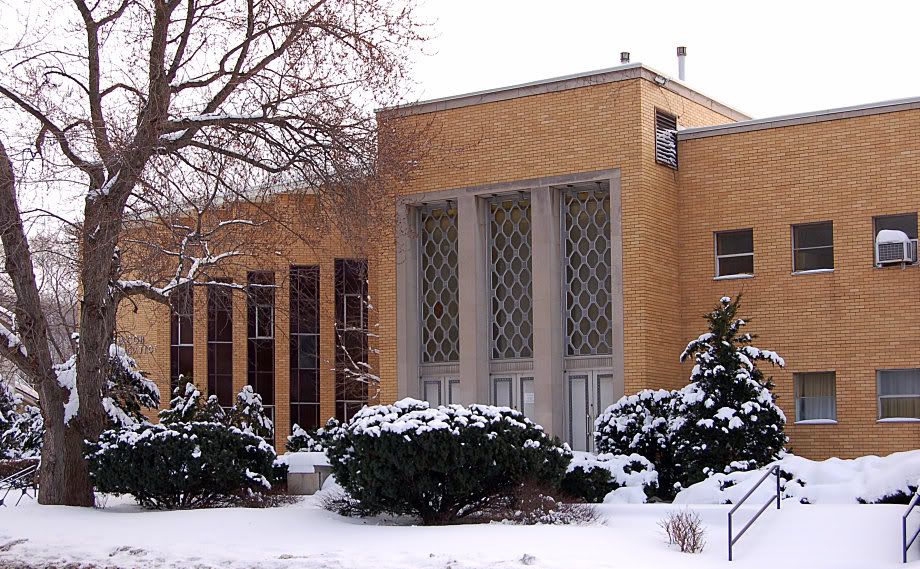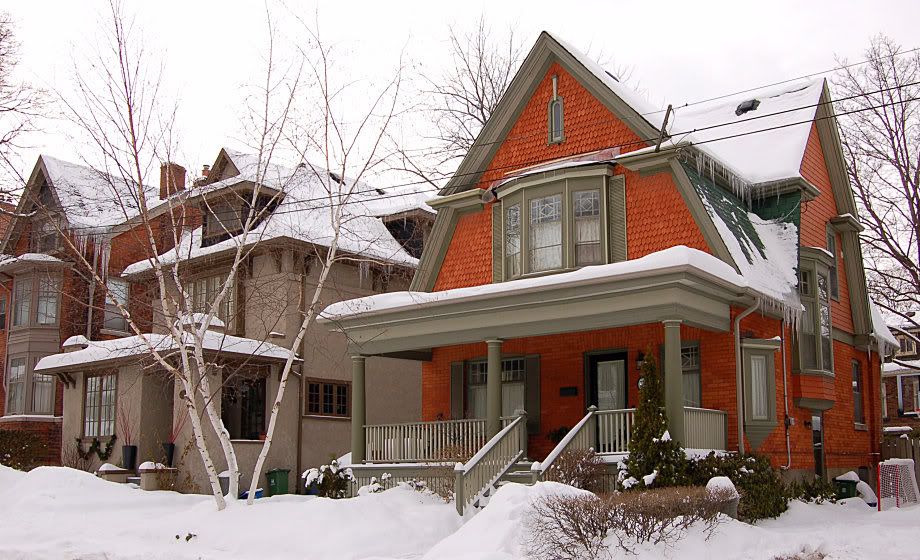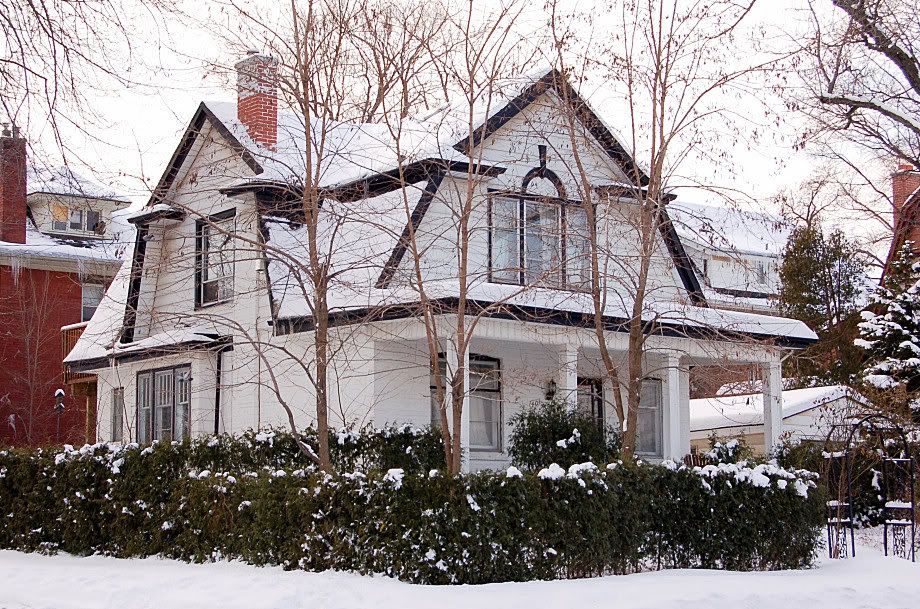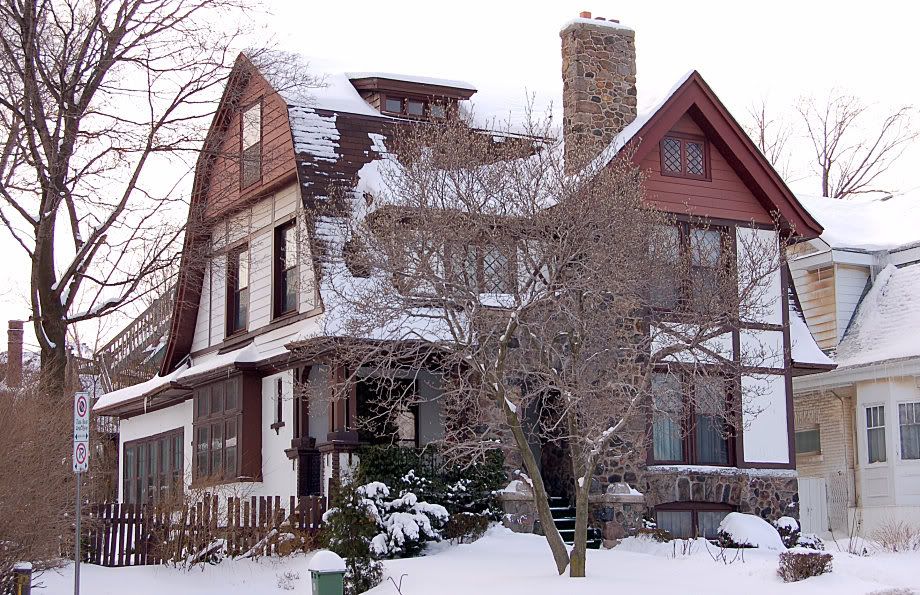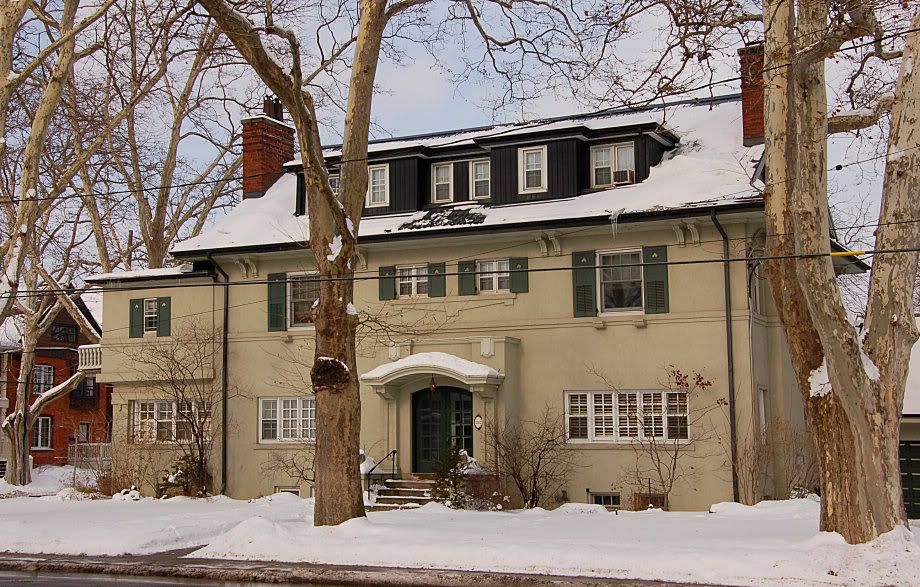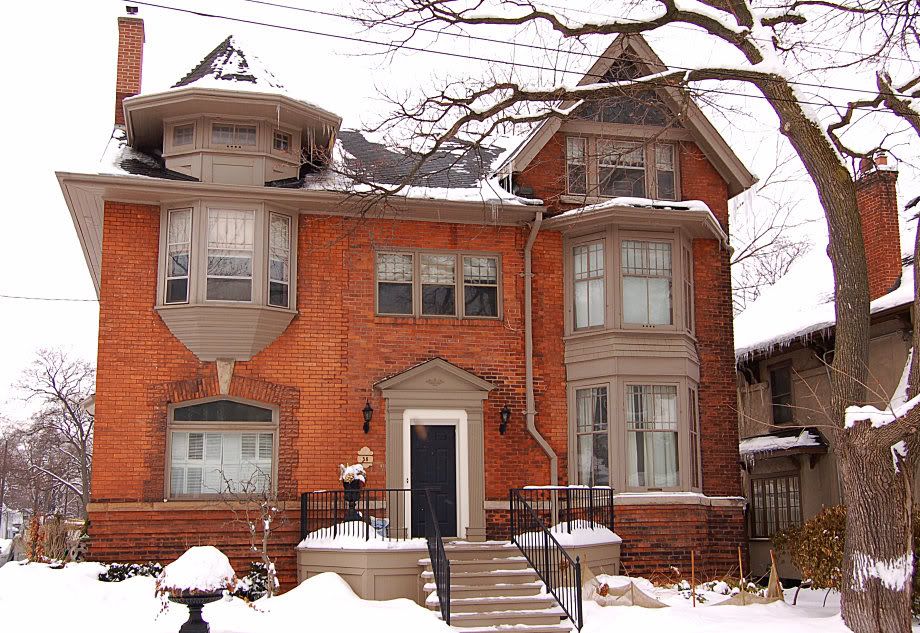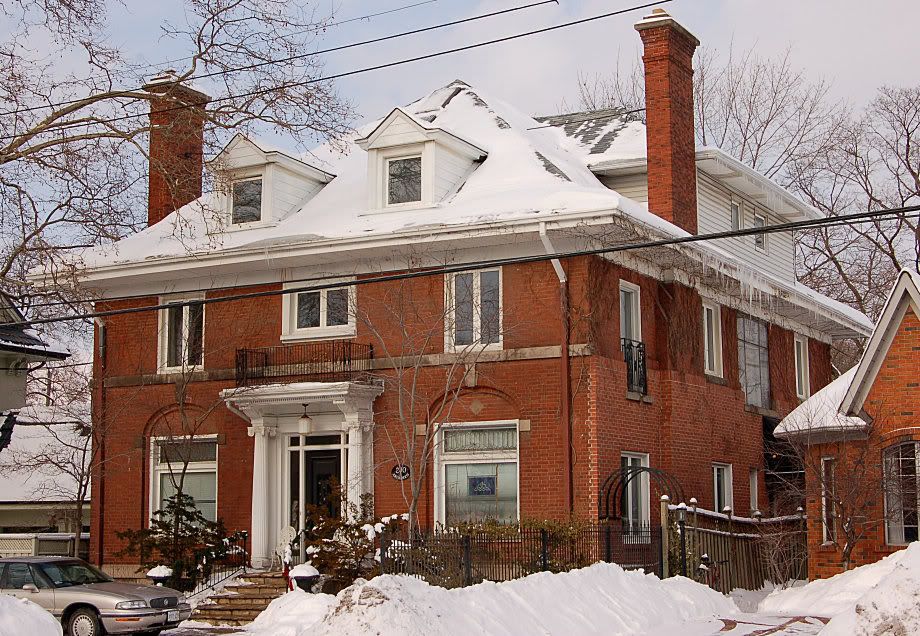flar
Active Member
South Kirkendall
Hamilton, Ontario
A journey through some early to mid 20th Century house styles
At the turn of the 20th Century, industry flourished in Hamilton. Hundreds of manufacturing industries were established in the
city, causing Hamilton's population to nearly quadruple between 1900 and 1940. The economic prosperity brought with it a
burgeoning white collar and professional class which lived in neighbourhoods like this one.
Hamilton's position as “Canada's manufacturing metropolis†echoed the situation in North America more generally. As the rising
industrial juggernaut led to more and more products being produced outside the home, a new consumer society emerged. This
led to changes in lifestyle which were reflected in the types of homes being built. These dramatic changes in the North American
way of life partly explain why styles and tastes changed so quickly around the turn of the century. Victorian homes only a decade
or two old were now regarded as hideous monstrosities, too complex and fragile. Families longed for more practical homes better
suited to modern lifestyles.
Like the mass manufactured goods and consumer lifestyle that inspired these house styles, this marks the beginning of the time
when housing became less identifiable with specific cities or regions. This neighbourhood is fairly representative of the type of
middle and upper middle class suburbs that flourished in Canada's larger cities at the time.
Suburban Canadian homes were heavily influenced by the British Arts and Crafts movement, sometimes called the "English Cottage"
style. These homes are meant to have a picturesque and rustic look and often incorporate Tudor half timbering.
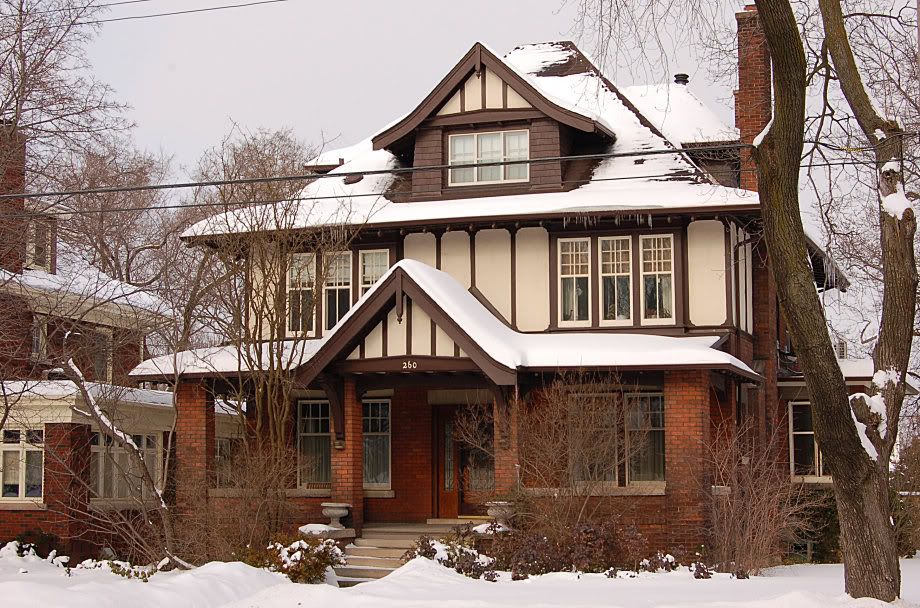
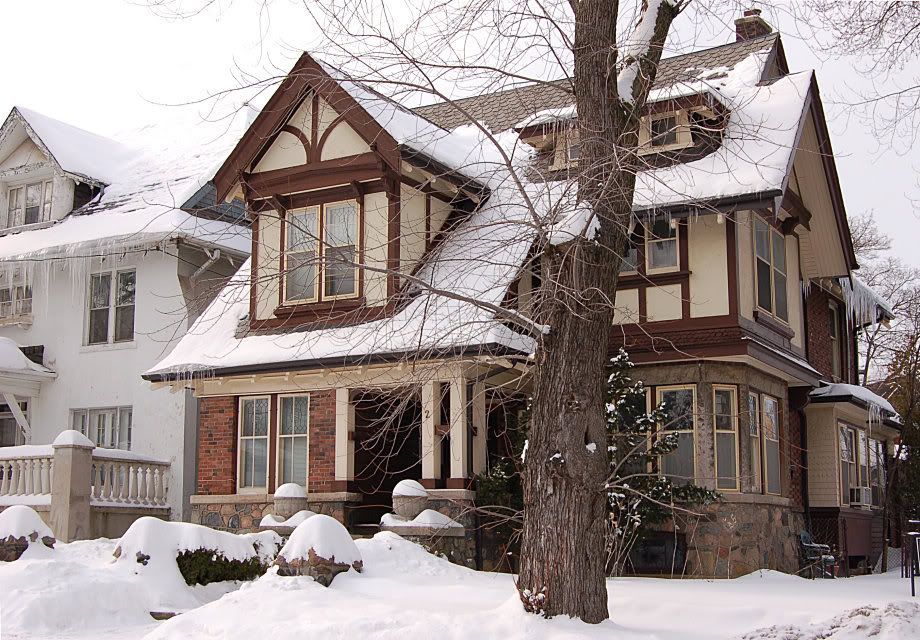
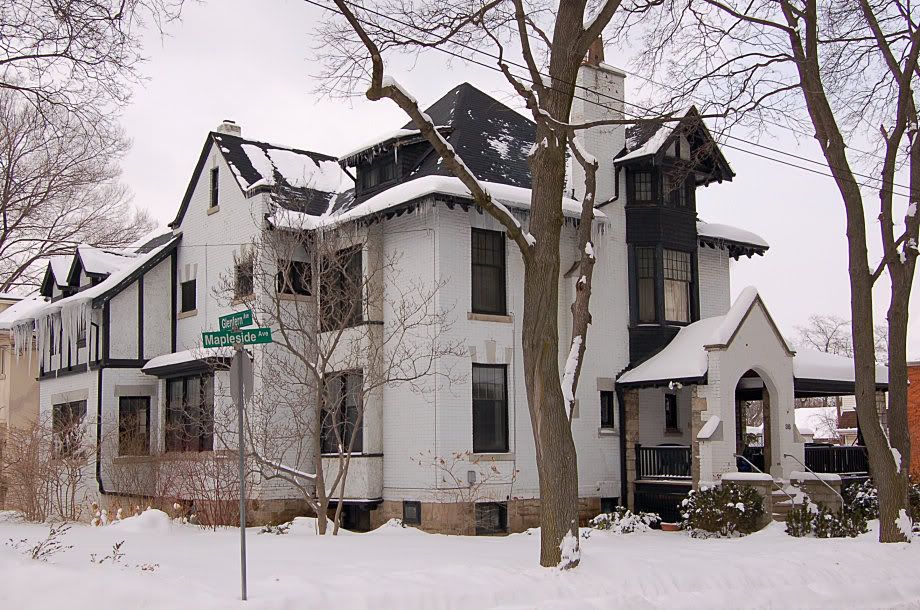

The influence of a more American Arts and Crafts style is also apparent.
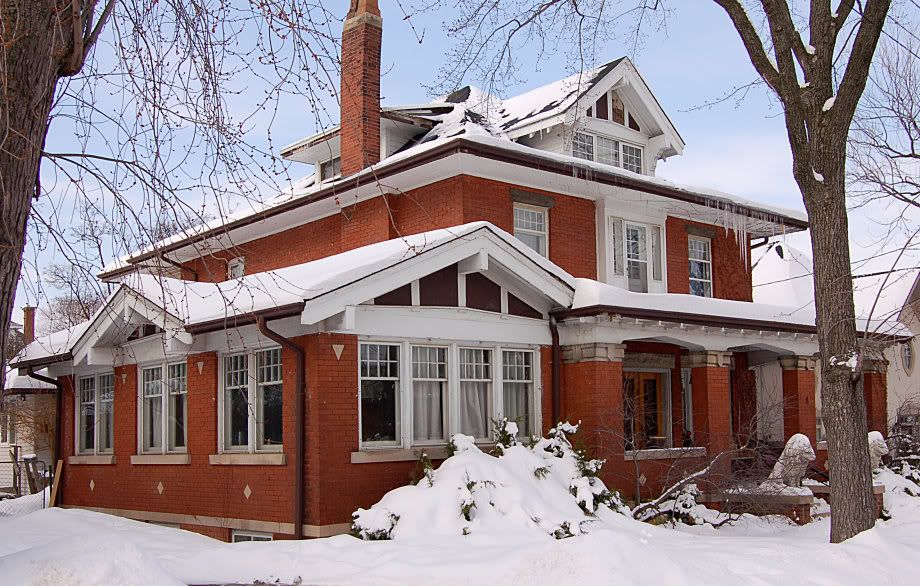

Here are some more conventional low and sprawling but deceptively large Craftsman homes:


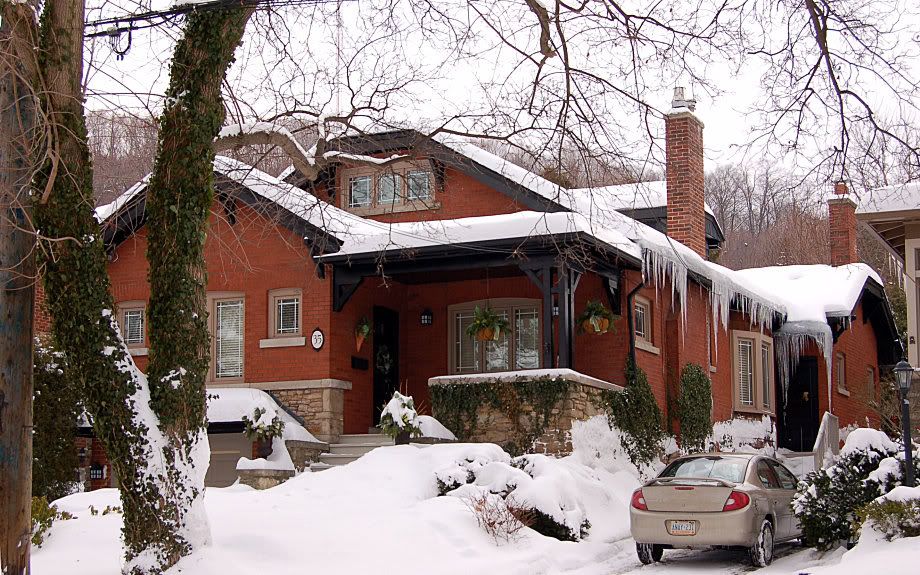
This basic bungalow design is plentiful in virtually every North American city, though these are the only ones in this particular
neighbourhood.

Variations on the foursquare make up the basic shape of the streets. Canadian architecture books refer to this general style as
"Edwardian Classicism."

Some are plain, but many have stylistic details added to give them more character.

Not quite sure what to make of the strange bay window/dormer with semi-octagonal roof, but it is repeated on many houses in
this neighbourhood.
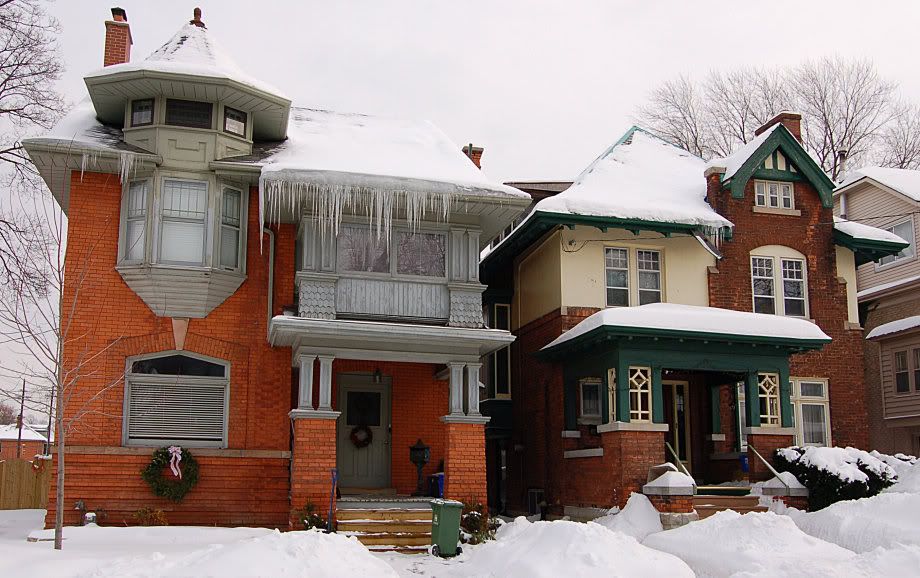
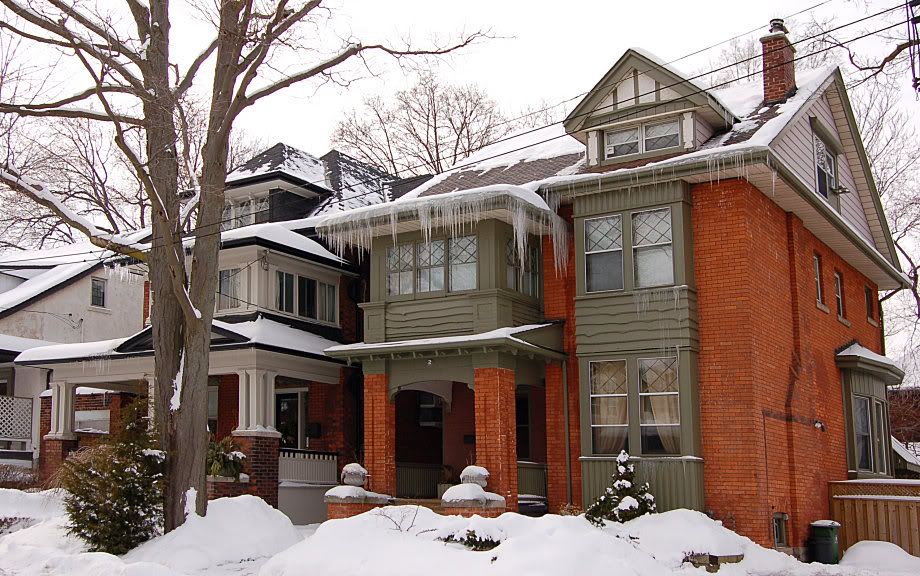
The ever popular Tudor Revival. This style dominates in the adjacent neighbourhood of [Chedoke Park[/, as well as in several other
Hamilton neighbourhoods such as Westdale and St. Clair.



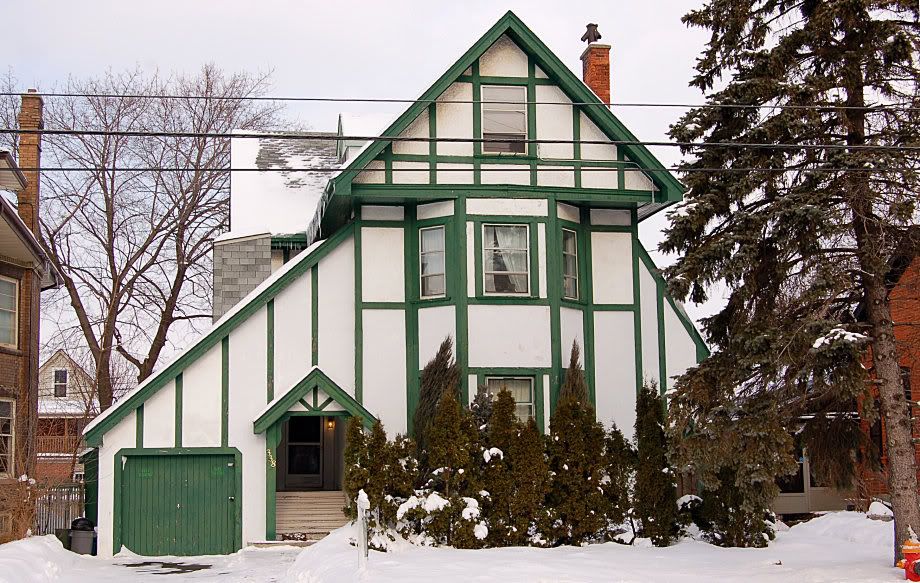
During this period, apartment buildings were stylistically integrated.
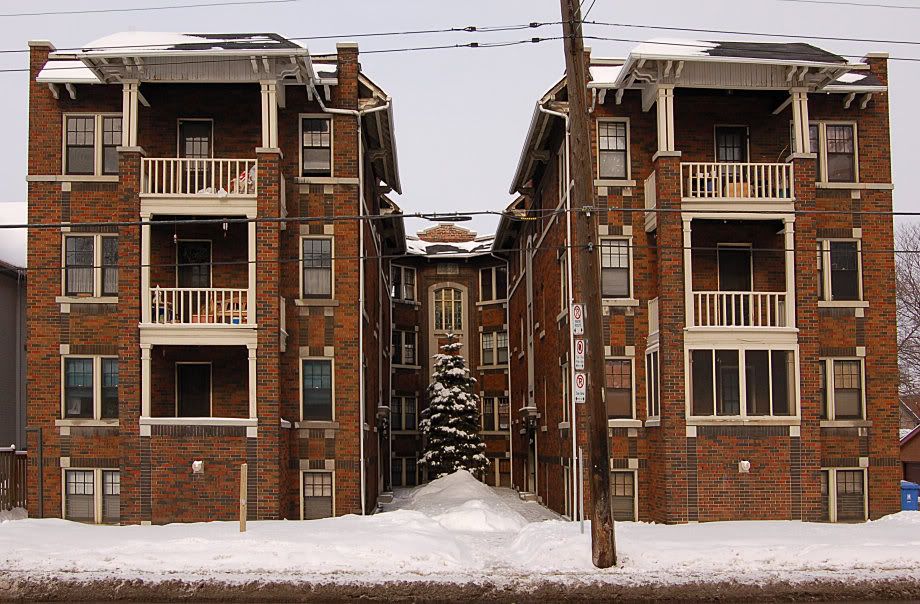

The Prairie style is relatively rare in Ontario, but features of the Prairie style were often added to variations on the ubiquitous
foursquare. You can see the Prairie influence mostly on the front poches, with their horizontal emphasis and bulky support columns.
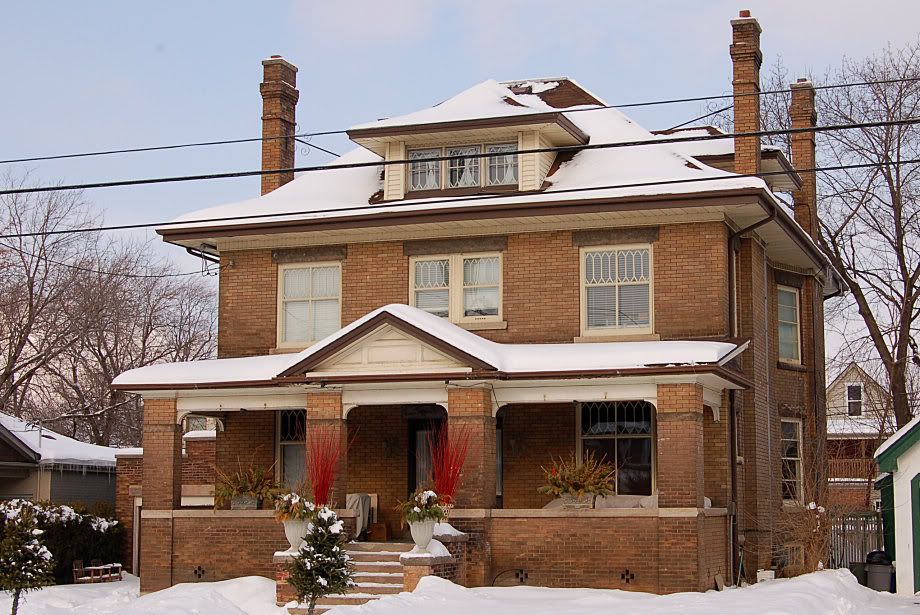
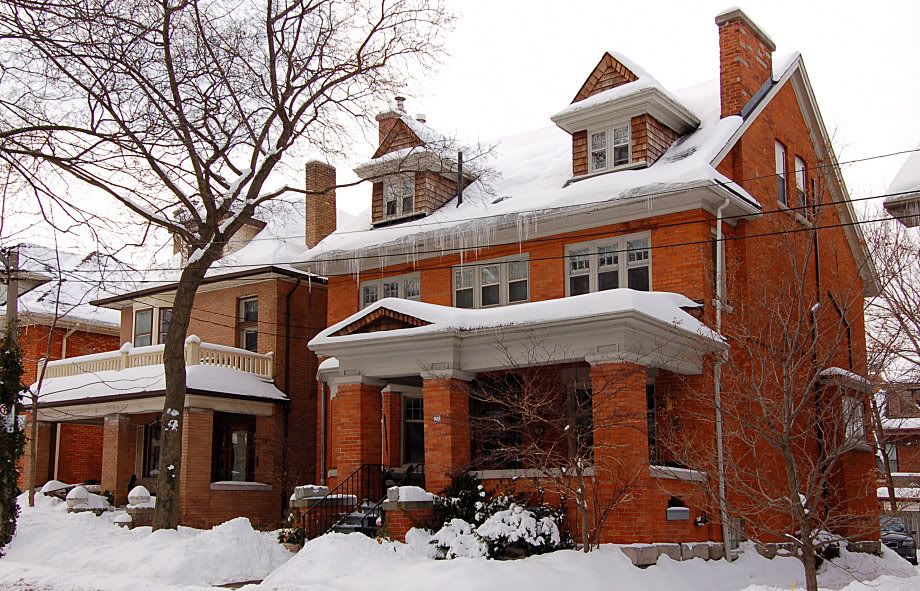
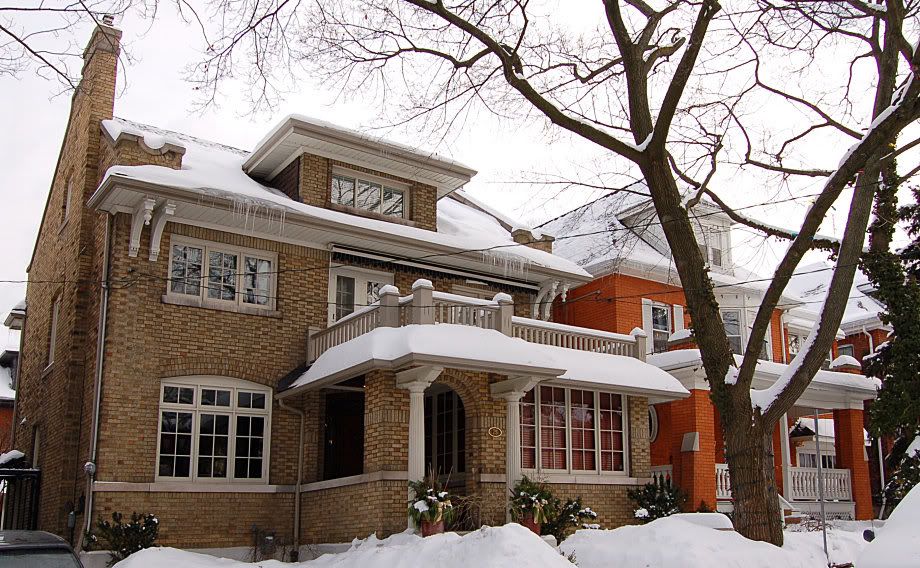


Hamilton, Ontario
A journey through some early to mid 20th Century house styles
At the turn of the 20th Century, industry flourished in Hamilton. Hundreds of manufacturing industries were established in the
city, causing Hamilton's population to nearly quadruple between 1900 and 1940. The economic prosperity brought with it a
burgeoning white collar and professional class which lived in neighbourhoods like this one.
Hamilton's position as “Canada's manufacturing metropolis†echoed the situation in North America more generally. As the rising
industrial juggernaut led to more and more products being produced outside the home, a new consumer society emerged. This
led to changes in lifestyle which were reflected in the types of homes being built. These dramatic changes in the North American
way of life partly explain why styles and tastes changed so quickly around the turn of the century. Victorian homes only a decade
or two old were now regarded as hideous monstrosities, too complex and fragile. Families longed for more practical homes better
suited to modern lifestyles.
Like the mass manufactured goods and consumer lifestyle that inspired these house styles, this marks the beginning of the time
when housing became less identifiable with specific cities or regions. This neighbourhood is fairly representative of the type of
middle and upper middle class suburbs that flourished in Canada's larger cities at the time.
Suburban Canadian homes were heavily influenced by the British Arts and Crafts movement, sometimes called the "English Cottage"
style. These homes are meant to have a picturesque and rustic look and often incorporate Tudor half timbering.




The influence of a more American Arts and Crafts style is also apparent.


Here are some more conventional low and sprawling but deceptively large Craftsman homes:



This basic bungalow design is plentiful in virtually every North American city, though these are the only ones in this particular
neighbourhood.

Variations on the foursquare make up the basic shape of the streets. Canadian architecture books refer to this general style as
"Edwardian Classicism."

Some are plain, but many have stylistic details added to give them more character.

Not quite sure what to make of the strange bay window/dormer with semi-octagonal roof, but it is repeated on many houses in
this neighbourhood.


The ever popular Tudor Revival. This style dominates in the adjacent neighbourhood of [Chedoke Park[/, as well as in several other
Hamilton neighbourhoods such as Westdale and St. Clair.




During this period, apartment buildings were stylistically integrated.


The Prairie style is relatively rare in Ontario, but features of the Prairie style were often added to variations on the ubiquitous
foursquare. You can see the Prairie influence mostly on the front poches, with their horizontal emphasis and bulky support columns.










